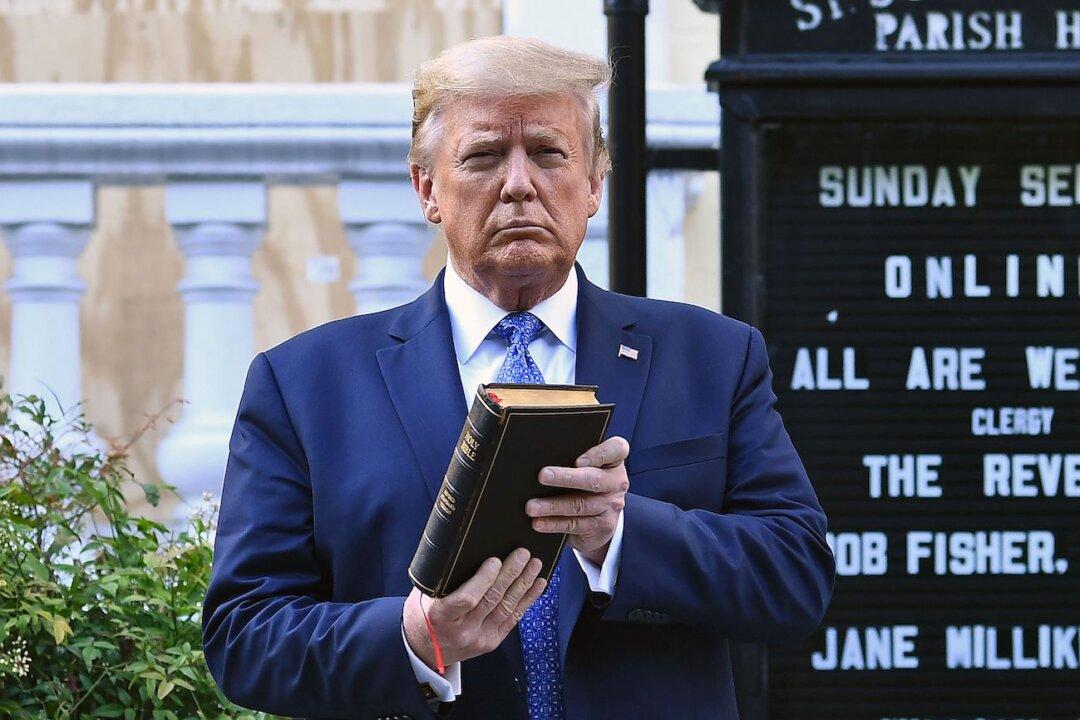Authorities did not use tear gas in efforts to hold back protesters, some of whom were violent, at Lafayette Park ahead of President Donald Trump’s visit to St. John’s Church on Monday, according to the United States Park Police’s (USPP) acting chief.
“No tear gas was used by USPP officers or other assisting law enforcement partners to close the area at Lafayette Park,” Gregory Monahan said in a statement released on Tuesday. Monahan’s account contradicts media reports from the day that said tear gas was used to dispel demonstrators prior to Trump’s trip to the church, which was damaged by arsonists amid late-night protests on Sunday.




